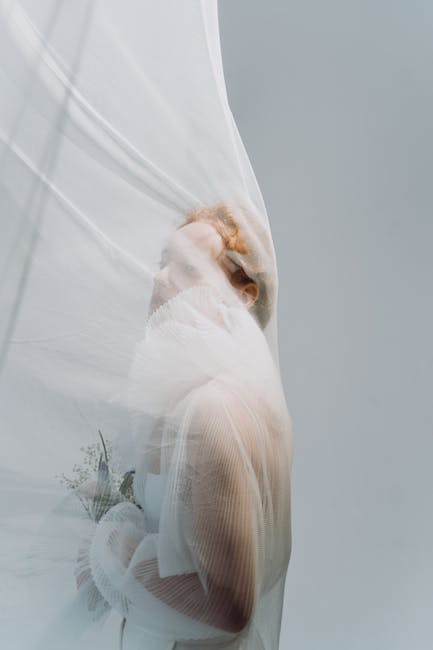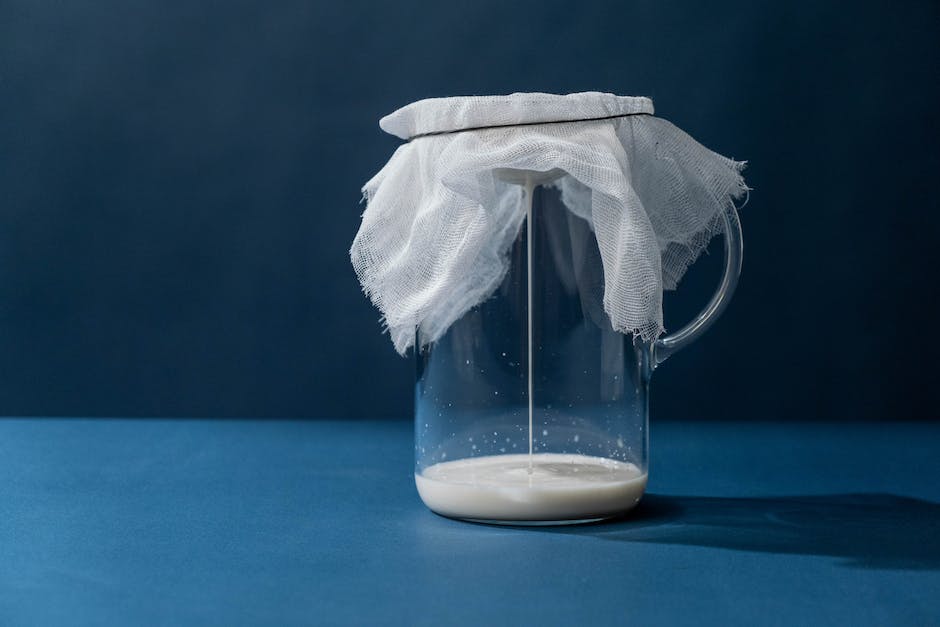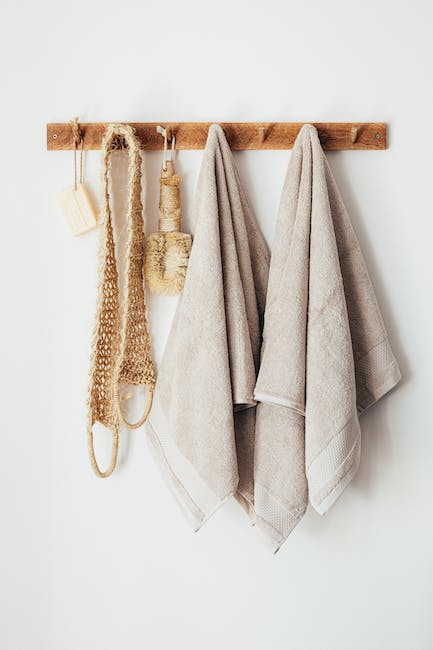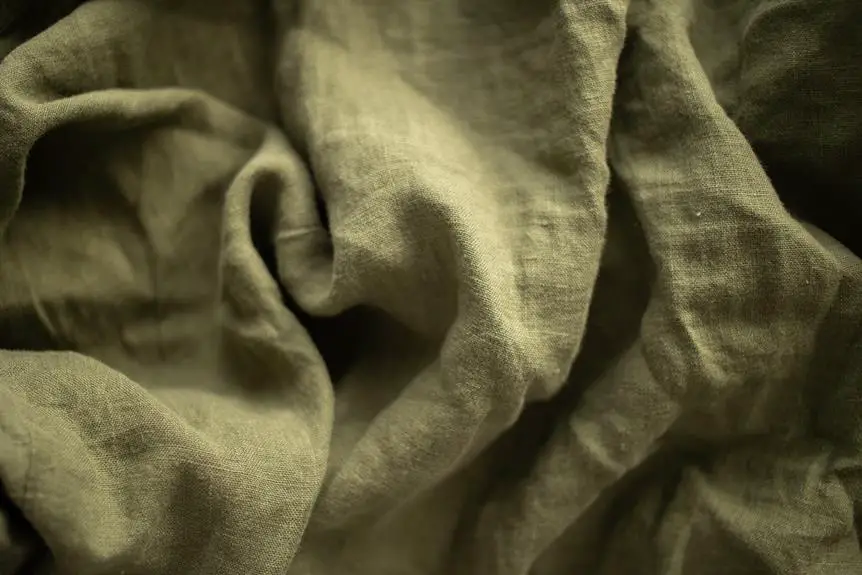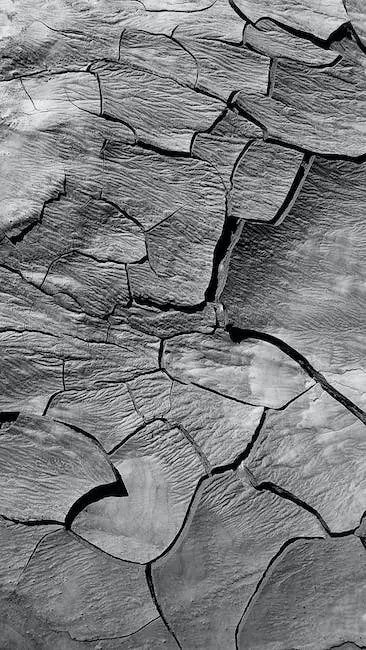-
Table of Contents
- Introduction
- The Environmental Impact of Non-Biodegradable Landscape Fabric
- Alternatives to Traditional Landscape Fabric: Biodegradable Options
- Understanding the Biodegradability of Landscape Fabric Materials
- The Benefits of Using Biodegradable Landscape Fabric for Your Garden
- How to Properly Dispose of Non-Biodegradable Landscape Fabric
- Q&A
- Conclusion
Introduction
Landscape fabric is a popular material used in gardening and landscaping to control weeds and retain moisture in the soil. However, with the increasing concern for the environment, many people are wondering if landscape fabric is biodegradable. In this article, we will explore whether landscape fabric is biodegradable or not.
The Environmental Impact of Non-Biodegradable Landscape Fabric
Landscape fabric is a popular choice for gardeners and landscapers alike. It is a synthetic material that is designed to suppress weed growth and retain moisture in the soil. However, the environmental impact of non-biodegradable landscape fabric is a growing concern.
Non-biodegradable landscape fabric is made from materials such as polypropylene, polyester, and nylon. These materials are not biodegradable, which means they do not break down naturally over time. Instead, they remain in the environment for hundreds of years, releasing harmful chemicals and microplastics into the soil and water.
The use of non-biodegradable landscape fabric can have a negative impact on the environment in several ways. Firstly, it can harm wildlife. Animals such as birds and small mammals can become entangled in the fabric, which can lead to injury or death. Secondly, it can contaminate the soil. As the fabric breaks down, it releases chemicals and microplastics into the soil, which can harm plants and other organisms. Finally, it can contribute to the global plastic pollution crisis. Non-biodegradable landscape fabric is just one of many plastic products that end up in our oceans and waterways, where they harm marine life and pollute the environment.
So, is landscape fabric biodegradable? The answer is yes and no. While some types of landscape fabric are biodegradable, many are not. Biodegradable landscape fabric is made from natural materials such as jute, coir, and hemp. These materials break down naturally over time, leaving behind organic matter that enriches the soil. However, not all biodegradable landscape fabric is created equal. Some types may contain synthetic materials or chemicals that can still harm the environment.
When choosing landscape fabric, it is important to consider the environmental impact of the product. Look for biodegradable options that are made from natural materials and do not contain harmful chemicals. Additionally, consider alternative methods for weed control and soil retention, such as mulching or planting ground cover plants.
In conclusion, the environmental impact of non-biodegradable landscape fabric is a growing concern. While some types of landscape fabric are biodegradable, many are not. Non-biodegradable landscape fabric can harm wildlife, contaminate the soil, and contribute to the global plastic pollution crisis. When choosing landscape fabric, it is important to consider the environmental impact of the product and look for biodegradable options that are made from natural materials and do not contain harmful chemicals. By making informed choices, we can help protect the environment and create a more sustainable future.
Alternatives to Traditional Landscape Fabric: Biodegradable Options
Landscape fabric is a popular choice for gardeners and landscapers to control weeds and retain moisture in soil. However, traditional landscape fabric is made from non-biodegradable materials such as polypropylene, which can take hundreds of years to decompose. This raises concerns about the environmental impact of using landscape fabric. Fortunately, there are biodegradable options available that offer the same benefits without harming the environment.
One of the most popular biodegradable alternatives to traditional landscape fabric is made from natural materials such as jute, hemp, or coir. These materials are biodegradable and can be composted after use, making them an eco-friendly option. They also provide excellent weed control and moisture retention, just like traditional landscape fabric.
Another biodegradable option is paper mulch, which is made from recycled paper and is biodegradable. Paper mulch is an excellent choice for vegetable gardens and flower beds as it helps to retain moisture and suppress weeds. It also breaks down quickly, adding organic matter to the soil.
Another option is biodegradable plastic mulch, which is made from materials such as cornstarch or soybean oil. Biodegradable plastic mulch is designed to break down in the soil over time, leaving no harmful residue behind. It is an excellent choice for vegetable gardens and flower beds as it helps to retain moisture and suppress weeds.
One of the benefits of using biodegradable landscape fabric is that it reduces the amount of waste that ends up in landfills. Traditional landscape fabric cannot be recycled, and it takes hundreds of years to decompose. Biodegradable landscape fabric, on the other hand, can be composted after use, reducing the amount of waste that ends up in landfills.
Another benefit of using biodegradable landscape fabric is that it is safer for the environment. Traditional landscape fabric is made from non-biodegradable materials that can release harmful chemicals into the soil as they decompose. Biodegradable landscape fabric, on the other hand, is made from natural materials that do not release harmful chemicals into the soil.
In conclusion, traditional landscape fabric is not biodegradable and can harm the environment. Fortunately, there are biodegradable options available that offer the same benefits without harming the environment. Biodegradable landscape fabric made from natural materials such as jute, hemp, or coir, paper mulch, and biodegradable plastic mulch are all excellent choices for gardeners and landscapers who want to reduce their environmental impact. These options provide excellent weed control and moisture retention, reduce waste, and are safer for the environment. By choosing biodegradable landscape fabric, we can help to protect the environment and create a healthier planet for future generations.
Understanding the Biodegradability of Landscape Fabric Materials
Landscape fabric is a popular material used in gardening and landscaping to control weeds and retain moisture in the soil. It is made from a variety of materials, including polypropylene, polyester, and natural fibers such as jute and hemp. However, with the increasing concern for the environment, many gardeners and landscapers are wondering if landscape fabric is biodegradable.
Biodegradability refers to the ability of a material to break down naturally into its basic components, such as water, carbon dioxide, and organic matter, through the action of microorganisms such as bacteria and fungi. Biodegradable materials are considered environmentally friendly because they do not accumulate in the environment and do not contribute to pollution.
Polypropylene and polyester, two of the most common materials used in landscape fabric, are not biodegradable. They are made from synthetic fibers that do not break down naturally and can persist in the environment for hundreds of years. When disposed of improperly, they can contribute to pollution and harm wildlife.
On the other hand, natural fibers such as jute and hemp are biodegradable. They are made from plant materials that can decompose naturally and contribute to soil health. However, not all natural fibers are created equal. Some natural fibers are treated with chemicals to improve their durability and resistance to pests and moisture, which can affect their biodegradability.
To determine if a landscape fabric is biodegradable, it is important to check the label or packaging for information on the materials used and their biodegradability. Some manufacturers may claim that their products are biodegradable, but it is important to verify these claims through independent testing or certification.
In addition to the materials used, the thickness and density of the landscape fabric can also affect its biodegradability. Thicker and denser fabrics may take longer to break down, while thinner and looser fabrics may decompose more quickly.
Another factor to consider is the disposal method of the landscape fabric. Even biodegradable materials may not break down properly if they are disposed of in landfills, where the lack of oxygen and sunlight can slow down the decomposition process. Composting is a more effective way to dispose of biodegradable landscape fabric, as it provides the ideal conditions for microorganisms to break down the material into compost.
In conclusion, the biodegradability of landscape fabric depends on the materials used, the thickness and density of the fabric, and the disposal method. Synthetic materials such as polypropylene and polyester are not biodegradable and can contribute to pollution, while natural fibers such as jute and hemp are biodegradable but may be treated with chemicals that affect their biodegradability. It is important to check the label or packaging for information on the materials used and their biodegradability, and to dispose of the fabric properly through composting or other environmentally friendly methods. By choosing biodegradable landscape fabric and disposing of it properly, gardeners and landscapers can help protect the environment and promote sustainable gardening practices.
The Benefits of Using Biodegradable Landscape Fabric for Your Garden
Landscape fabric is a popular choice for gardeners who want to control weeds and retain moisture in their soil. However, many people are concerned about the environmental impact of using non-biodegradable landscape fabric. In this article, we will explore the benefits of using biodegradable landscape fabric for your garden.
Firstly, let’s address the question on everyone’s mind: is landscape fabric biodegradable? The answer is yes and no. Traditional landscape fabric is made from synthetic materials such as polypropylene, which do not biodegrade. However, there are now biodegradable options available on the market. These are typically made from natural materials such as jute or coconut fiber, which break down over time and do not harm the environment.
So why should you consider using biodegradable landscape fabric in your garden? Firstly, it is a more sustainable option. Traditional landscape fabric can take hundreds of years to break down, and in the meantime, it can release harmful chemicals into the soil. Biodegradable landscape fabric, on the other hand, breaks down naturally and does not harm the environment.
Secondly, biodegradable landscape fabric can actually improve the health of your soil. As it breaks down, it adds organic matter to the soil, which can improve soil structure and fertility. This can lead to healthier plants and better yields.
Another benefit of using biodegradable landscape fabric is that it can help to reduce erosion. By holding soil in place, it can prevent soil from washing away during heavy rain or wind. This is particularly important if you have a sloping garden or live in an area with high rainfall.
Biodegradable landscape fabric is also easy to use. It can be cut to size and laid over your soil, and then covered with mulch or soil. It is important to ensure that the fabric is securely anchored to the ground to prevent it from blowing away in the wind.
Of course, there are some downsides to using biodegradable landscape fabric. Firstly, it can be more expensive than traditional landscape fabric. However, the long-term benefits to your garden and the environment may outweigh the initial cost.
Secondly, biodegradable landscape fabric may not last as long as traditional landscape fabric. This means that you may need to replace it more frequently, which can be time-consuming and costly. However, if you choose a high-quality product and take good care of it, it should last for several years.
In conclusion, using biodegradable landscape fabric in your garden is a more sustainable and environmentally-friendly option than traditional landscape fabric. It can improve the health of your soil, reduce erosion, and is easy to use. While it may be more expensive and require more frequent replacement, the long-term benefits to your garden and the environment make it a worthwhile investment. So next time you’re considering landscape fabric for your garden, choose a biodegradable option and do your part for the planet.
How to Properly Dispose of Non-Biodegradable Landscape Fabric
Landscape fabric is a popular choice for gardeners and landscapers alike. It is a durable and effective way to control weeds and retain moisture in the soil. However, many people are concerned about the environmental impact of using non-biodegradable landscape fabric. In this article, we will explore whether landscape fabric is biodegradable and how to properly dispose of it.
Firstly, it is important to understand what landscape fabric is made of. Most landscape fabrics are made from polypropylene, a type of plastic. Polypropylene is a durable and long-lasting material that is resistant to water, chemicals, and UV radiation. While this makes it an ideal choice for landscape fabric, it also means that it is not biodegradable.
So, if landscape fabric is not biodegradable, what should you do with it when it is no longer needed? The answer depends on the condition of the fabric. If the fabric is still in good condition, it can be reused or repurposed. For example, you could use it as a weed barrier in another part of your garden or cut it into strips to use as ties for plants.
If the fabric is no longer usable, it should be disposed of properly. The first step is to remove any plants or debris that may be on the fabric. This can be done by hand or with a leaf blower. Once the fabric is clean, it can be rolled up and disposed of in the trash.
However, it is important to note that some municipalities may not accept landscape fabric in their regular trash collection. In this case, you will need to check with your local waste management facility to see if they have a special collection program for non-biodegradable materials.
Another option for disposing of landscape fabric is to recycle it. While polypropylene is not biodegradable, it is recyclable. Some recycling facilities accept landscape fabric, but it is important to check with them first to see if they have any specific requirements for accepting it.
If you are unable to recycle or dispose of your landscape fabric through regular trash collection, you may need to consider hiring a professional waste removal service. These services specialize in the removal and disposal of non-biodegradable materials and can ensure that your landscape fabric is disposed of properly.
In conclusion, landscape fabric is not biodegradable and should be disposed of properly when it is no longer needed. If the fabric is still in good condition, it can be reused or repurposed. If it is no longer usable, it should be cleaned and disposed of in the trash or recycled if possible. If you are unsure of how to properly dispose of your landscape fabric, contact your local waste management facility or a professional waste removal service for assistance. By taking the time to properly dispose of non-biodegradable materials, we can all do our part to protect the environment.
Q&A
1. Is landscape fabric biodegradable?
No, most landscape fabrics are not biodegradable.
2. What is landscape fabric made of?
Landscape fabric is typically made of synthetic materials such as polypropylene or polyester.
3. How long does landscape fabric last?
Landscape fabric can last for several years, depending on the quality and thickness of the material.
4. Can landscape fabric be recycled?
Some types of landscape fabric can be recycled, but it depends on the specific material and recycling facilities available in your area.
5. What are the alternatives to landscape fabric?
Alternatives to landscape fabric include organic mulches such as wood chips or straw, or using a layer of newspaper or cardboard to suppress weeds.
Conclusion
Conclusion: Landscape fabric is not biodegradable and can have negative impacts on the environment if not disposed of properly. It is important to consider alternative options such as organic mulch or biodegradable weed barriers.


